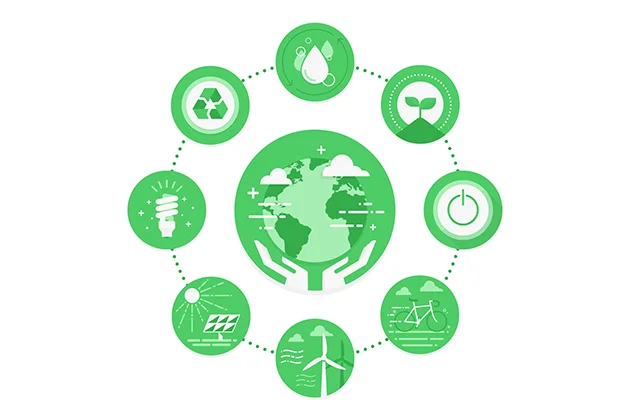By: Or Lenchner
Over the last year and a half, decision-makers around the world have had it hard. Throughout this time, and even before the pandemic, they have had to rely heavily on data to back up their business decisions.
When it comes to the financial sector (e.g., private equity, asset management, wealth management, etc.) investment decisions have been heavily swayed by financial factors, such as quarterly earnings reports. While there’s still value in these materials, leaders are starting to pay more attention to environmental, social, and corporate governance (ESG) data.
What is ESG and why is it important?
Let’s break down ESG. According to Investopedia, environmental data sets examine how an organization performs as a steward of nature. Social data takes a look at how a company treats its stakeholders, such as employees, customers, suppliers, and their surrounding communities. Lastly, governance data looks at all aspects of a company’s leadership, from audits to executive pay.
Basically, ESG data sets allow savvy and socially conscious investors to gauge how sustainable a company is. ESG data can also give insight into whether a company is poised for success and profitability in the long term.
The growing reliance on ESG data
A recent study identified stats that confirm the feeling that ESG data is on the rise. But before we take a closer look at the stats, it might help to first understand what types of issues we’re really talking about when it comes to ESG.
According to the study, environmental practices (69%), organizational diversity (64%), and corporate governance (64%) were ranked as the most important considerations for 100 Chief Data Scientists (CDOs), CTOs, Heads of Data, CIOs and those who report to them.
Next, the study identified a gap between the importance of ESG data at the C-suite level versus the intermediate management level. Sixty-six percent of survey respondents in the most senior level of their organization stated that ESG is a key metric used in making business decisions, compared to just 40% of departmental and intermediate management. Additionally, 80% of survey respondents in the most senior level of their organization stated that ESG is incorporated into all business strategy decisions, compared to 30% of departmental and intermediate management. This suggests a disconnect between mid-management and the C-suite in recognizing the importance of ESG data.
The results also revealed trends in the way small businesses (comprising 250-999 employees) and large organizations (comprising 1000+ employees) consider and treat ESG data. Seventy-three percent of survey respondents from small organizations stated they would definitely change business practices that were found to be harmful to society, even if it did not make commercial sense to do so. This compares to only 60% of respondents from large organizations who said the same thing. ESG is also a key metric for 68% of organizations with 250-1000 employees, but it’s only a key metric for 52% of organizations with more than 1000 employees. These findings are interesting, considering that smaller organizations would likely have fewer resources than their larger counterparts.
Lastly, it’s interesting to note the difference in ESG usage between the US and UK. Just over three-quarters (76%) of US respondents from the finance, banking and insurance sectors said that their respective organization’s investment decisions are impacted by ESG factors, compared to 67% of UK respondents.
How to start collecting ESG data
Luckily for investors, the Internet is one, if not the largest, source from which to collect public ESG data. They just need to use some creativity to see how publicly available data can provide insights that shed a light on a company’s ESG rating. In fact, data such as images, statistics, openly available social media reviews, news articles, and more can paint a holistic picture of how much companies place an emphasis on ESG.
Additionally, investors can be rest assured that they don’t need to comb through every company’s social media profile, newsroom, or website to gather this data. Data collection tools automatically and accurately look through publicly available online data (like the examples above) and relate this information back to financial units. This helps investors make sense of the data and ultimately determine their long-term profitability. Reliable data collection tools can help save investors’ time and effort, so they are able to focus more on data analysis rather than on the collection.
Being tasked with making a huge decision that will affect your entire organization, such as a long-term investment, is always a big deal. ESG data can help play an important role in painting a picture of the sustainability and viability of the company. Investors who don’t take the time to analyze ESG data run the risk of making a poorly informed decision or, even worse, making the wrong decision based on the limited sources of data.










